Global Ocean Governance
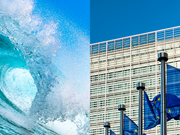
Global Ocean Governance The Ocean covers 70% of Earth, and consists of a mosaic of different governance constellations that Norway, and Norwegian research and industries, have to work within....

Global Ocean Governance The Ocean covers 70% of Earth, and consists of a mosaic of different governance constellations that Norway, and Norwegian research and industries, have to work within....

Biomarine resources play a key role in the green shift New ways of using biomarine resources can play an important role in the green shift. At SINTEF, we develop enabling technologies for the...

SINTEF verifIES scientifically the validity of selected concepts and emerging plug and abandonment (P&A) technologies. All wells will one day need to be permanently plugged and abandoned. Tight...

The world record for long distance multiphase flow transport is 143 km – from the Snøhvit field to onshore. The multiphase flow transport of the future will take place over much longer distances....

The greenest energy is the type you never use. SINTEF creates future-oriented and innovative solutions for increasing energy efficiency in industry. Every year, large amounts of energy are lost...
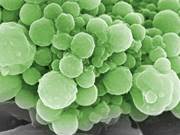
Nanomedicine is the use of nanotechnology to prevent, diagnose and treat illness. SINTEF collaborates with industry and research organisations to develop nanomedicines for hard-to-treat diseases...
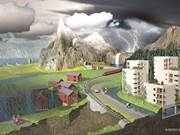
The Norwegian climate has always set the premises for the design of buildings. In addition, global warming is now increasing the vulnerability of the built environment, and building structures...

Architecture and area development is an interplay between people, surroundings, and technology. We aim to create robust, inclusive, and sustainable buildings and areas of good quality. We conduct...

The internet of things (IoT) is the technology that links our various devices to the internet and makes them intelligent. Cars, fridges and workplace production systems are just a few examples of...

Digitalisation is creating both opportunities and challenges for the industrial sector Digitalisation in the industrial sector means that previously isolated ICT systems are now being linked to...

SINTEF combines theoretical work with laboratory experiments and field experience, and focuses on making results from the work available for operational team, in order to contribute to faster,...

Aquaculture technology for the future Aquaculture involves the farming of fish and other marine animals, as well as the cultivation of things such as seaweed and kelp. This complements the...

Nanotechnology and advanced materials will have a significant impact on solving the grand challenges of our global society and create new business opportunities for existing and new industries....

Biotechnology and nanomedicine are key enabling technologies for various sectors of society and multiple industries. The technology is used in development of pharmaceuticals, vaccines,...

If we are to succeed with limiting the increase in global temperatures to 1.5°C, we need to remove greenhouse gases from the atmosphere. As such, we have a pressing need for new...

Microchips play a critical role in our technological development. They act as the "brain" in almost all modern technology and are of far greater significance to society than many might...

Ammonia is increasingly being considered as a promising zero-emission alternative fuel for decarbonising the maritime sector. The ammonia industry has over a century of experience in producing,...
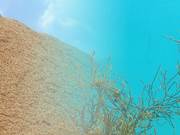
SINTEF has many activities related to processing and utilization of marine- and land-based biomass. Research on land-based biomass mainly focus on the use of residues from agriculture and forestry...

With the green and digital transition, the demand for various minerals is increasing. We need to extract, recycle, and recover more. Many of the mineral resources we need are classified as...
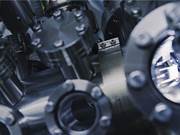
SINTEF unites world-leading expertise in understanding of material properties, to the requirements of the end-products characteristics....